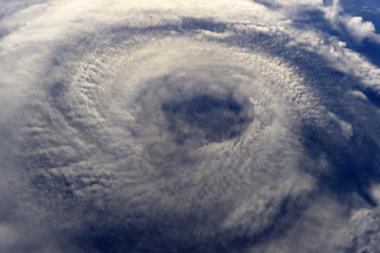Utility disruptions caused by lack of power, mobile data services, and water, could lead to Ida becoming a long-tailed event
AIR Worldwide estimates that industry insured losses to onshore property resulting from Hurricane Ida’s winds and storm surge will range from $17 billion to $25 billion.
The modeled insured loss estimates include insured physical damage to property (residential, commercial, industrial, auto), both structures and their contents from winds, wind-borne debris, storm surge, and the impact of demand surge.
The industry loss estimates also reflect an adjustment to account for increased material and other repair costs in the current construction market. Hurricane precipitation-induced flood losses are not included in AIR estimates at this time.
Ida traveled over very warm Gulf waters, including a thick layer of warm water in the Loop Current, and intensified to make two landfalls in Louisiana, both at Category 4 strength, on August 29.
The storm’s first landfall was near Port Fourchon about 60 miles south of New Orleans, with a maximum sustained wind speed of 150 mph; its second landfall was southwest of Galliano, with a maximum sustained wind speed of 145 mph.
Around the time of landfall, the storm was undergoing an eyewall replacement. In practical terms, New Orleans experienced strong winds on the order of 90 to 100 mph due to the large windfield and a slow decay of the storm.
The storm surge Ida produced was along expected lines and generally not as severe as Hurricane Katrina’s—particularly in Mississippi and New Orleans (the latter of which was fully protected by the city’s levee system)—but some areas of southeastern Louisiana with insufficient protection experienced severe storm surge during Ida.
According to analysis by Wood Mackenzie, Hurricane Ida has had a significant impact on Louisiana refinery operations and Gulf of Mexico production, causing a historic US crude supply chain disruption.
Utility disruptions caused by lack of power, mobile data services, and water, could lead to Ida becoming a long-tailed event when it comes to claims reporting, payouts, etc.
While New Orleans’ levees held, the city was not spared Ida’s wind impacts. Damage was variable given the nature of building inventory in the metro New Orleans area.
Areas close to where Ida made landfall such as LaFourche Parish, where Port Fourchon is located, was particularly hard hit with widespread destruction.
Grand Isle Parish, a barrier island, has been declared uninhabitable. Even in towns just inland from where Ida came ashore, such as Galliano and Houma, wind damage was severe to catastrophic.




















No comments yet